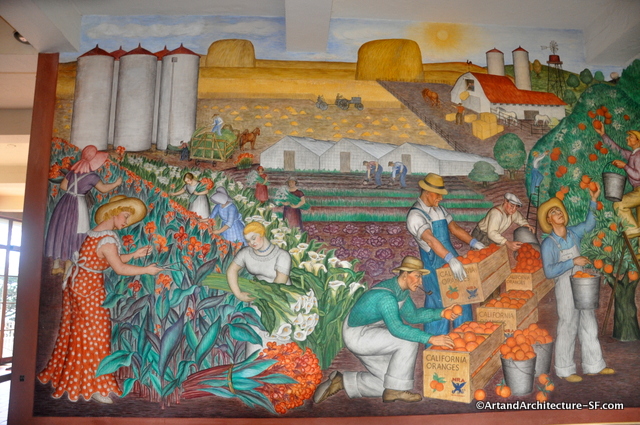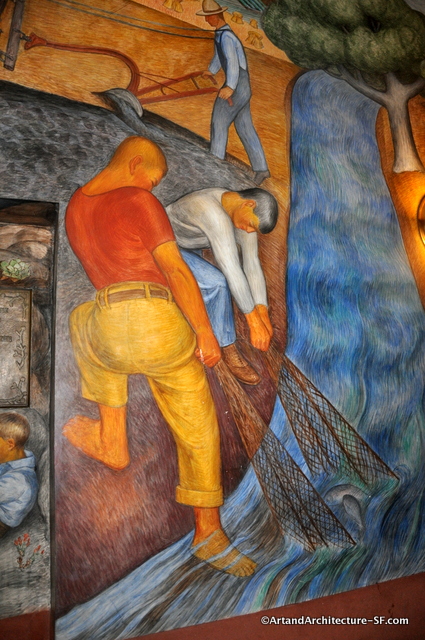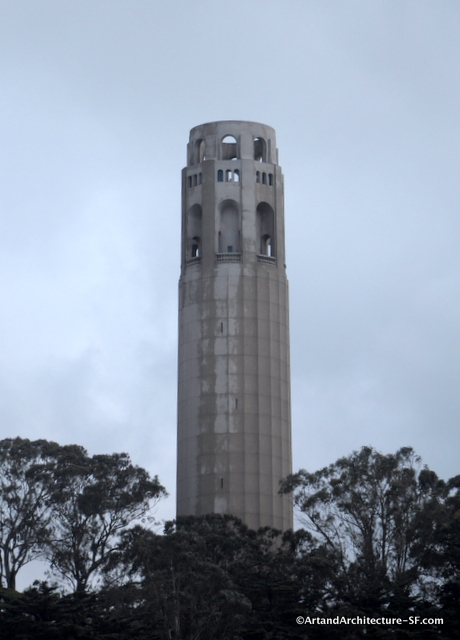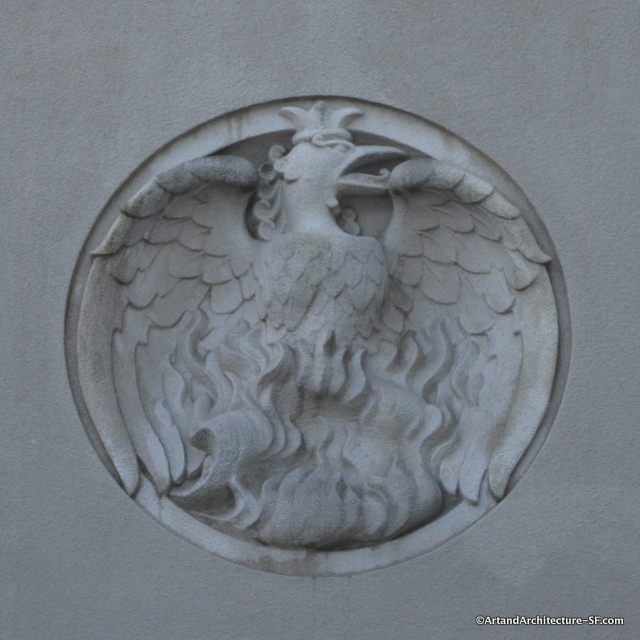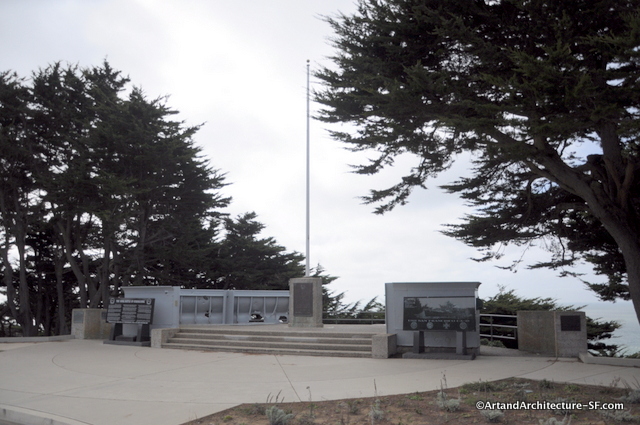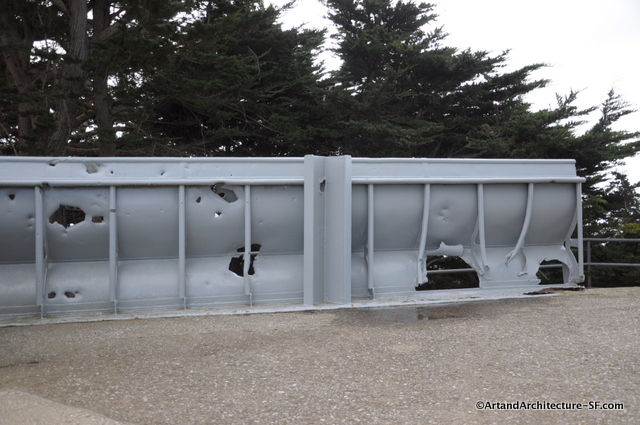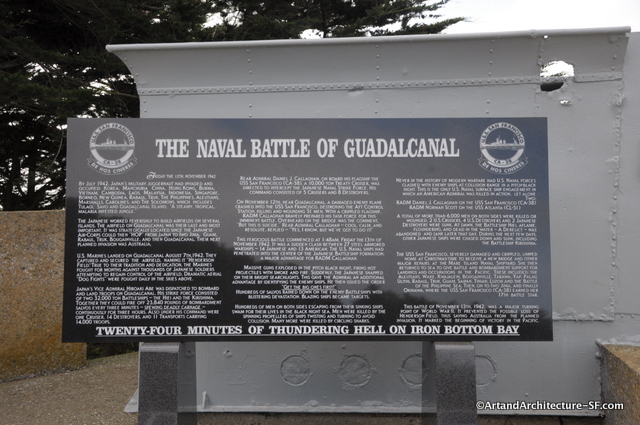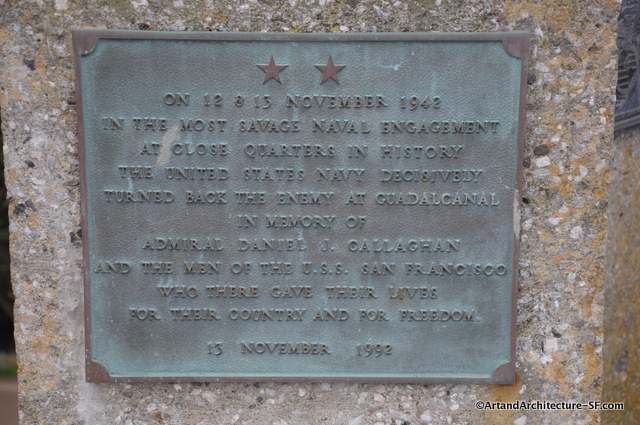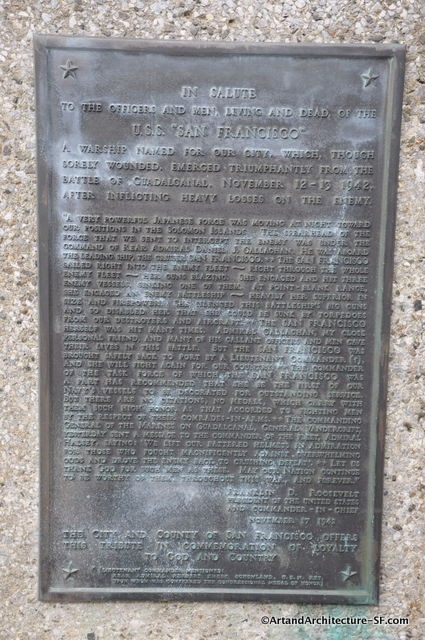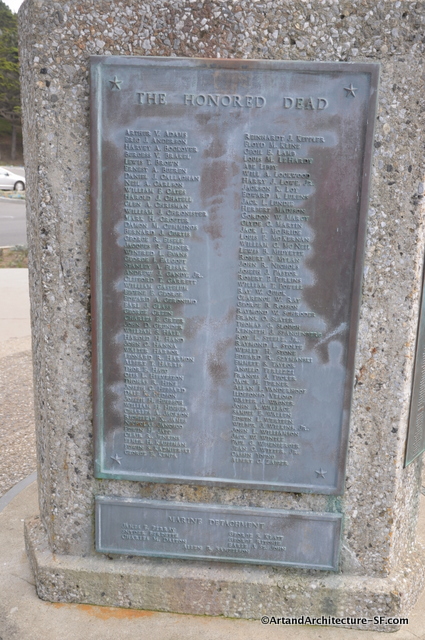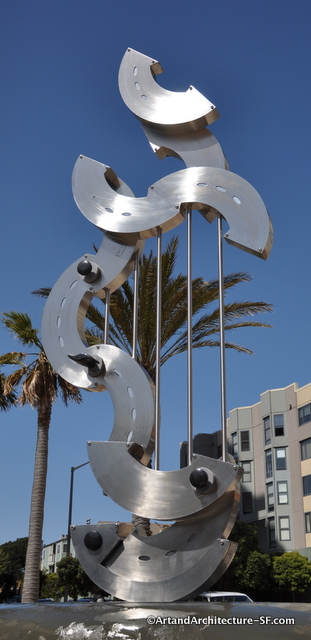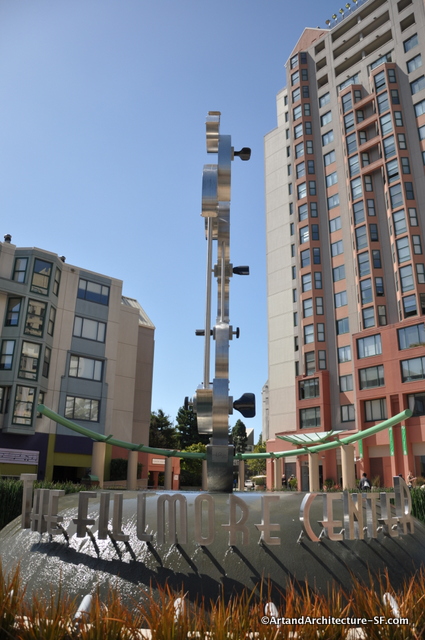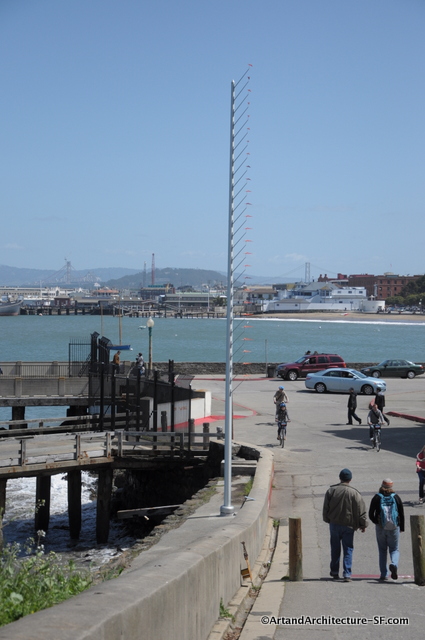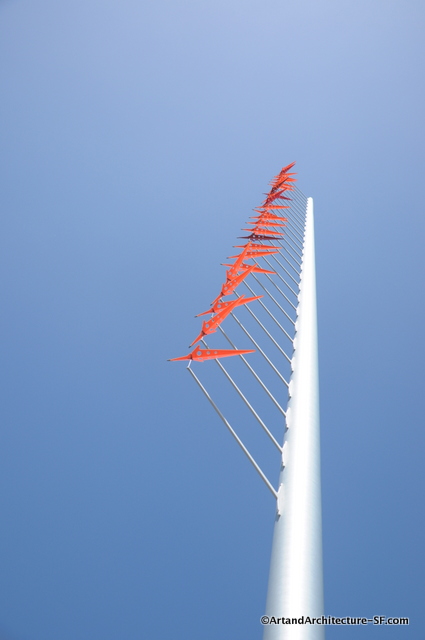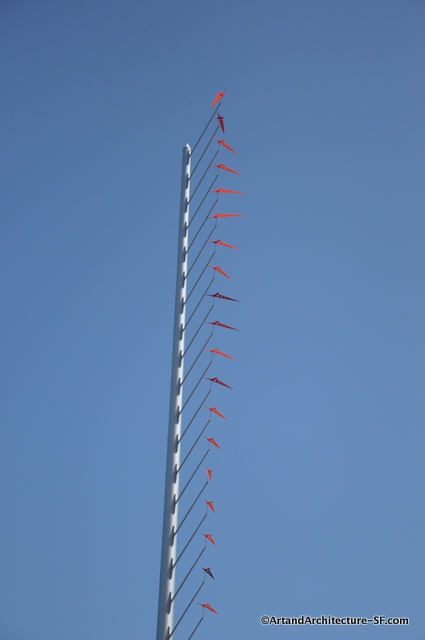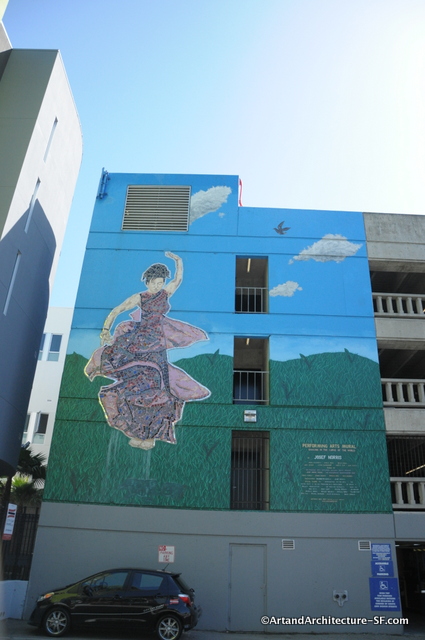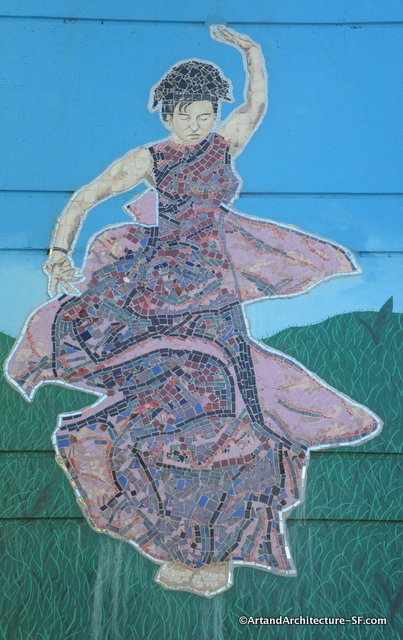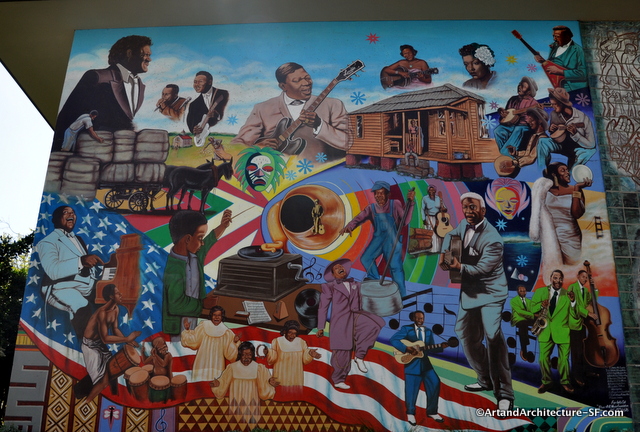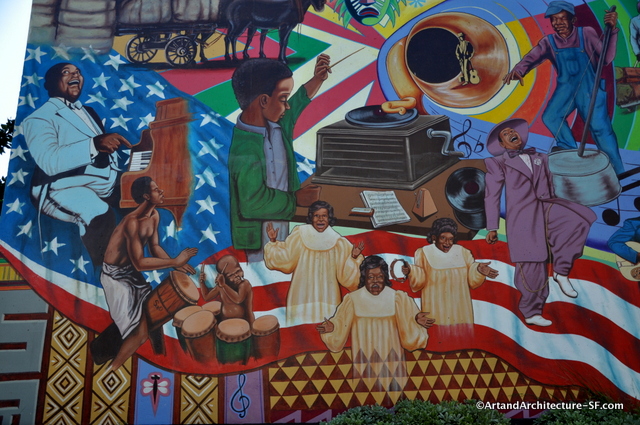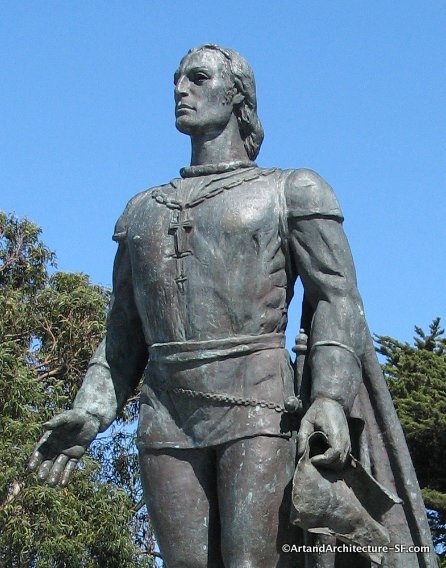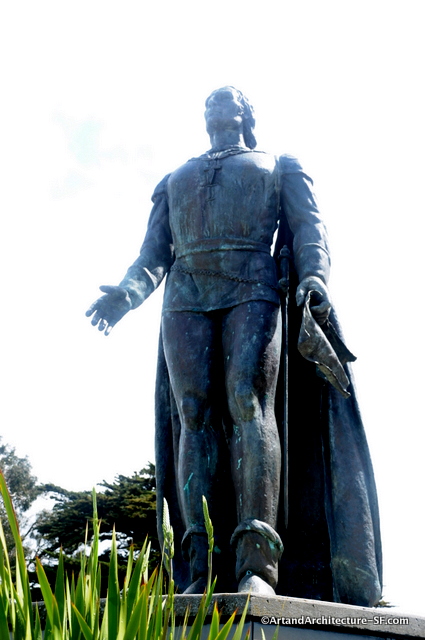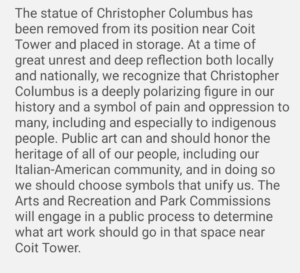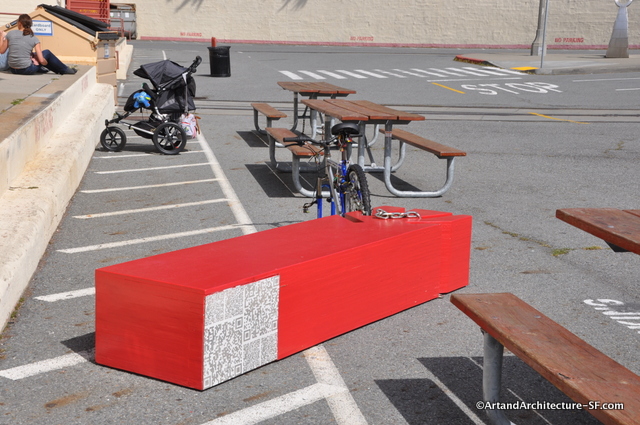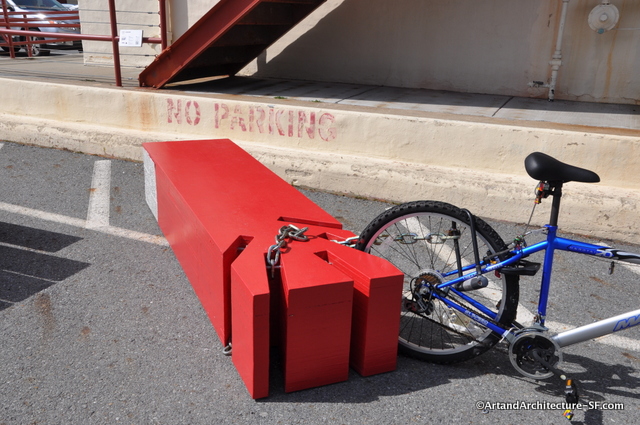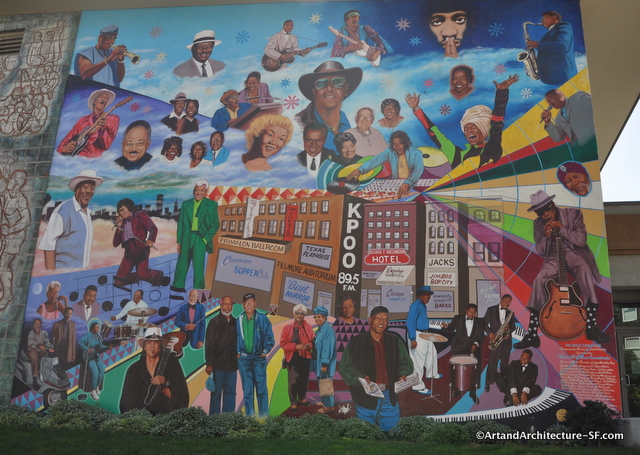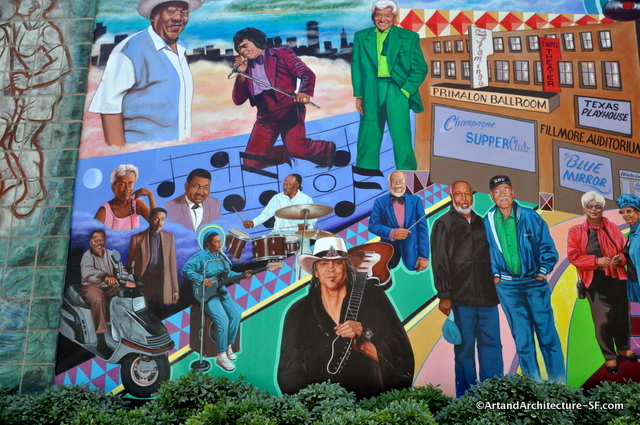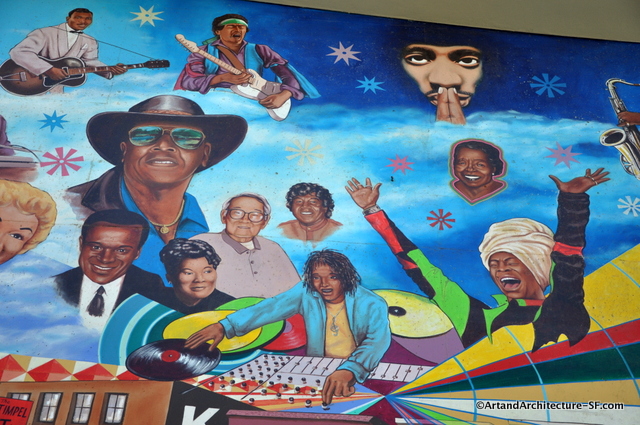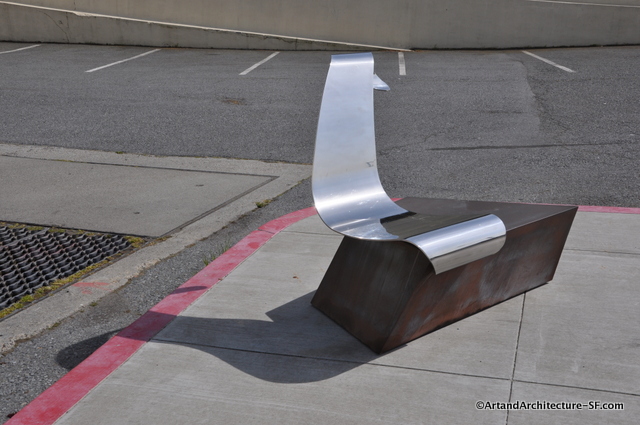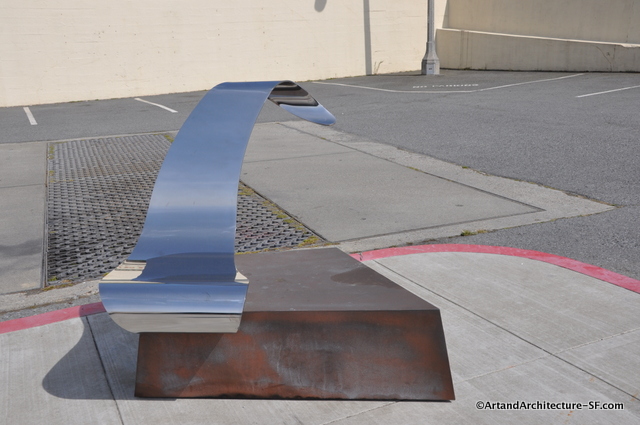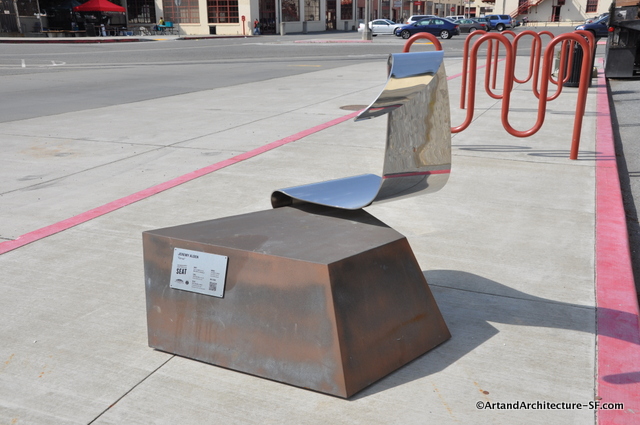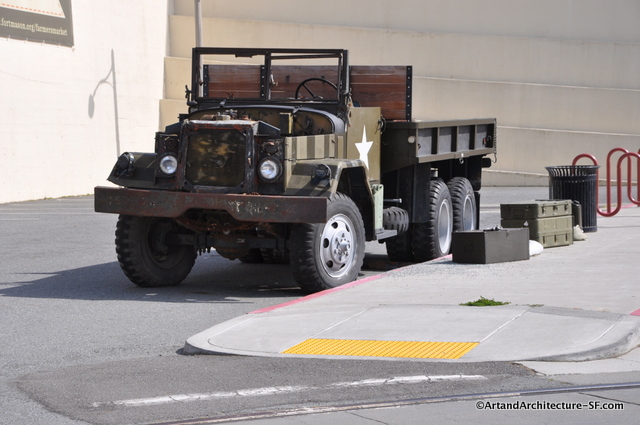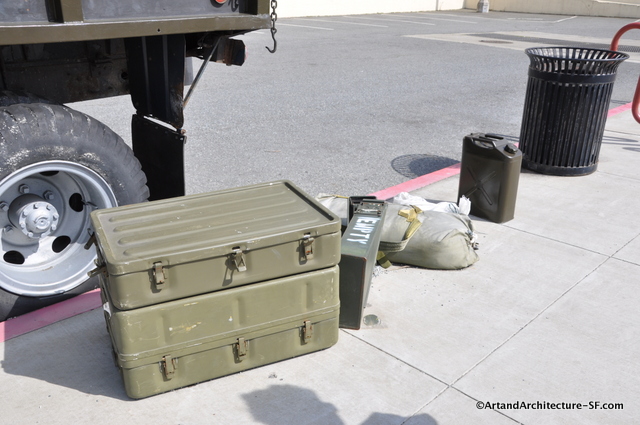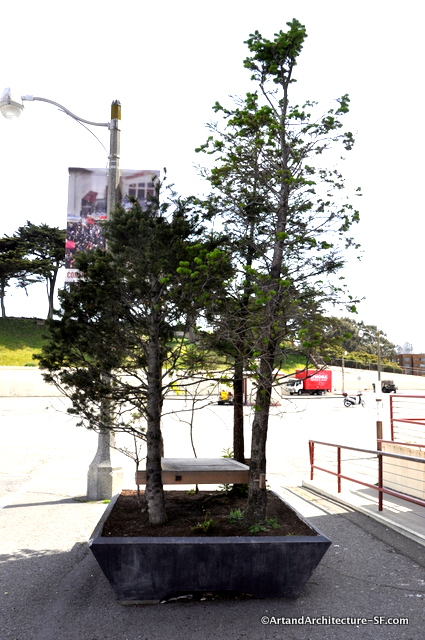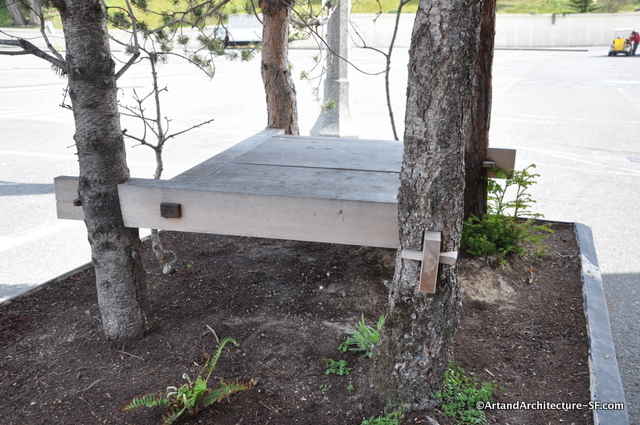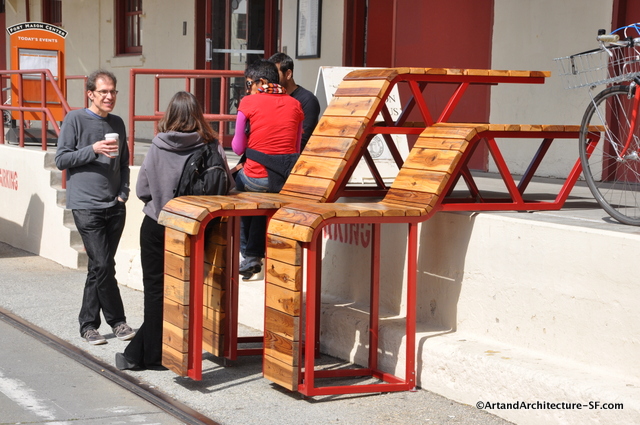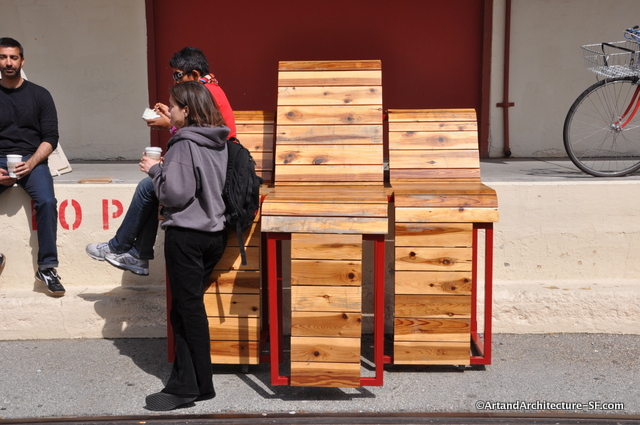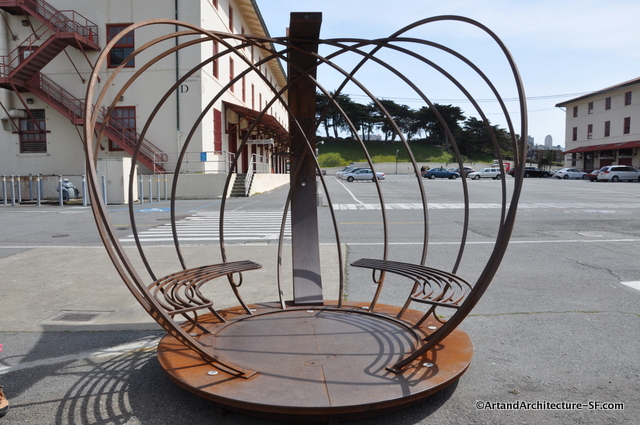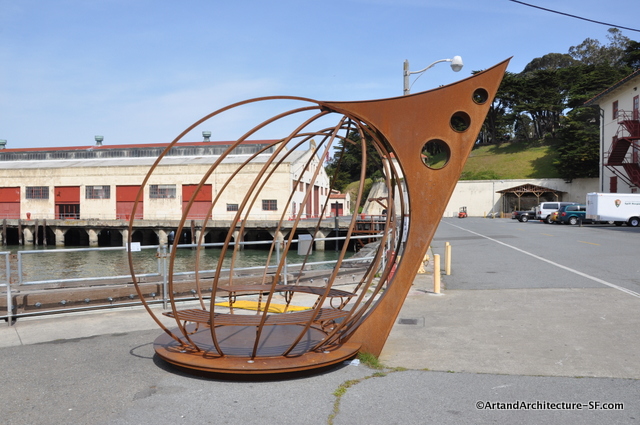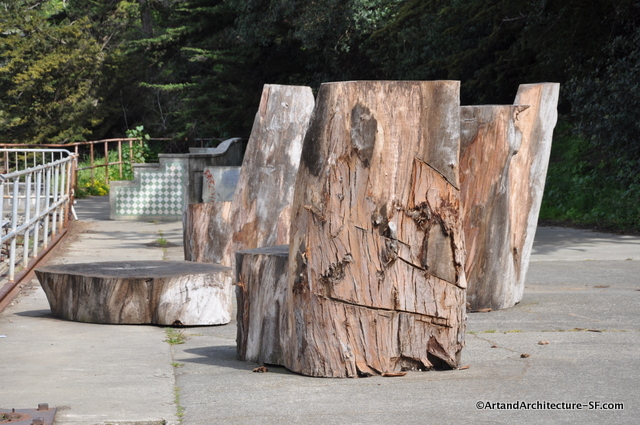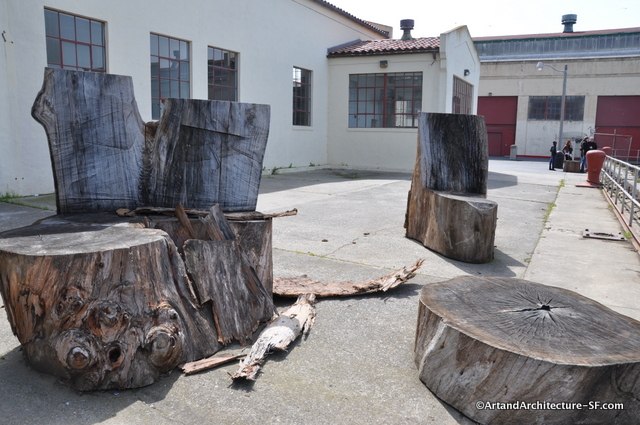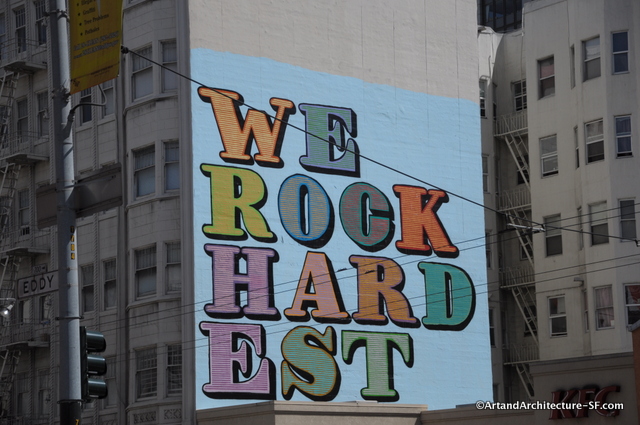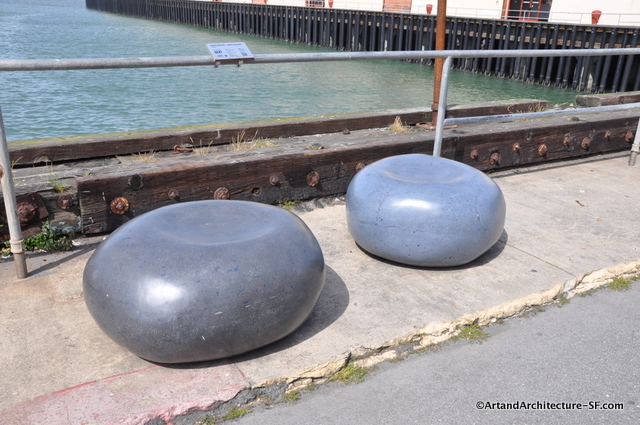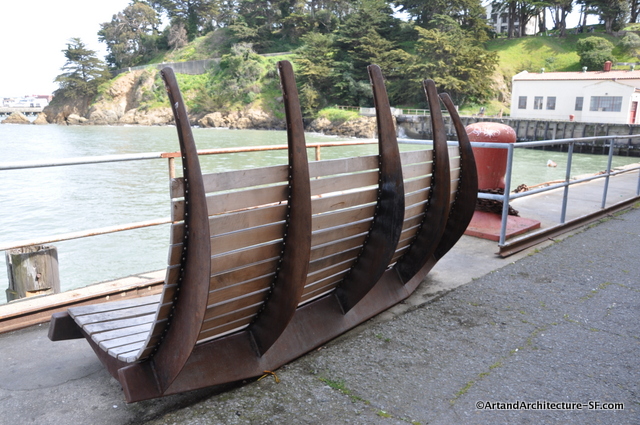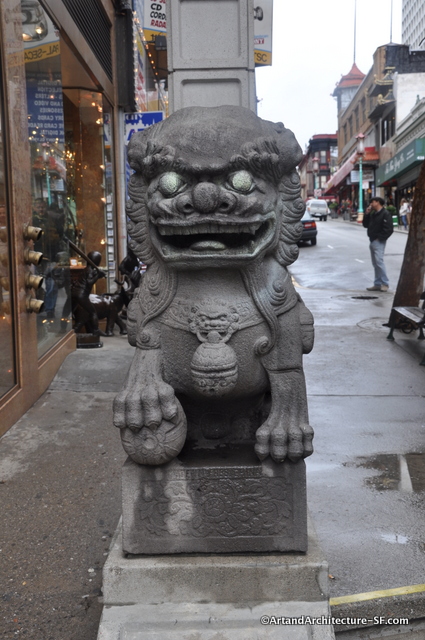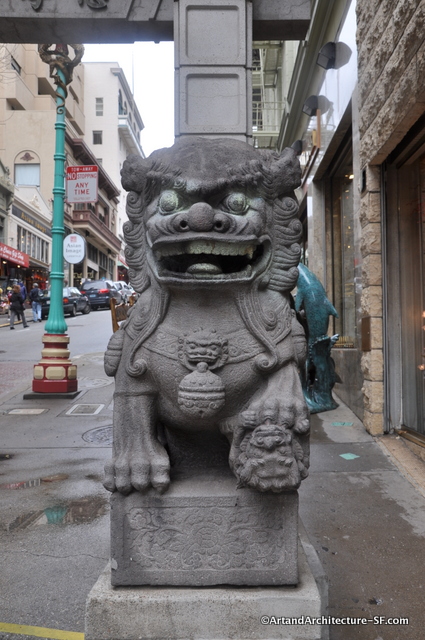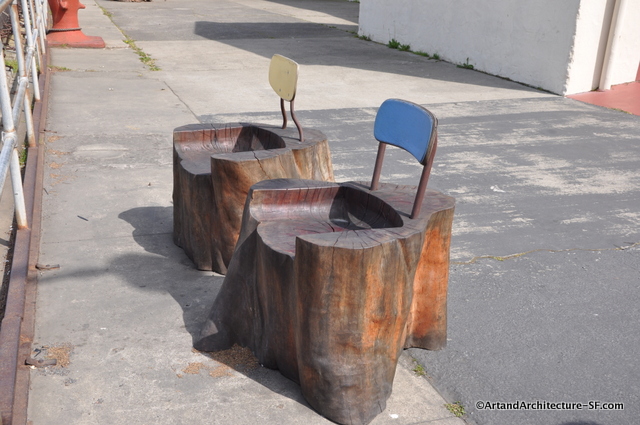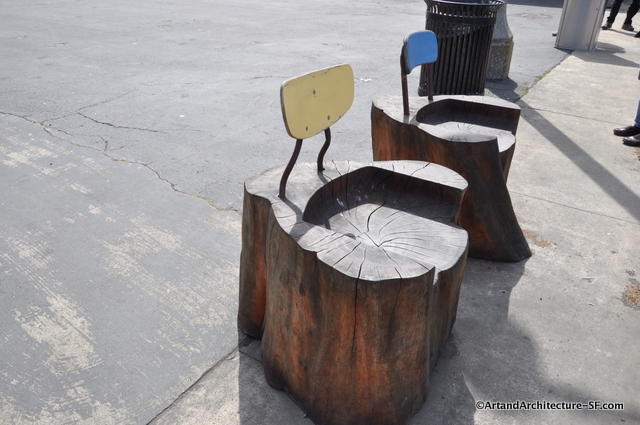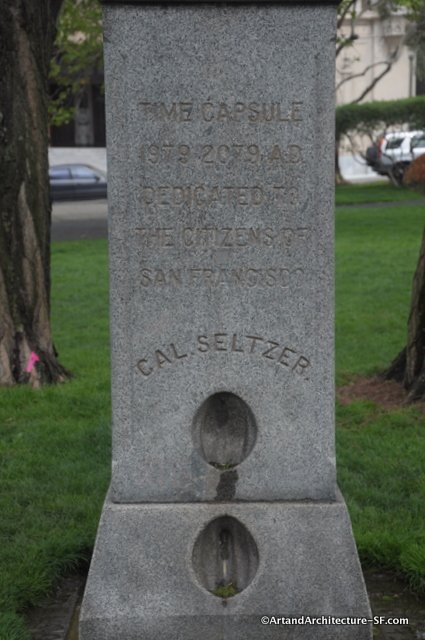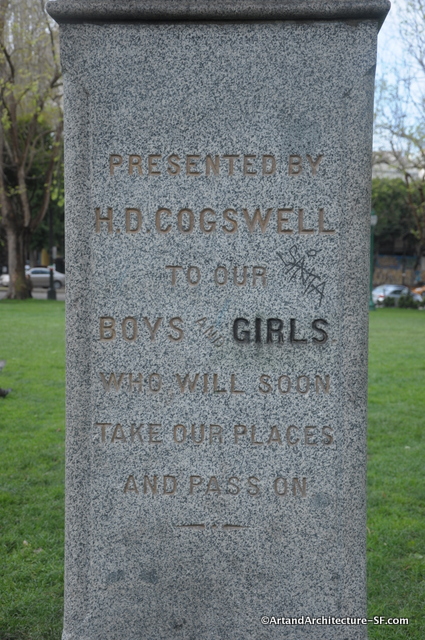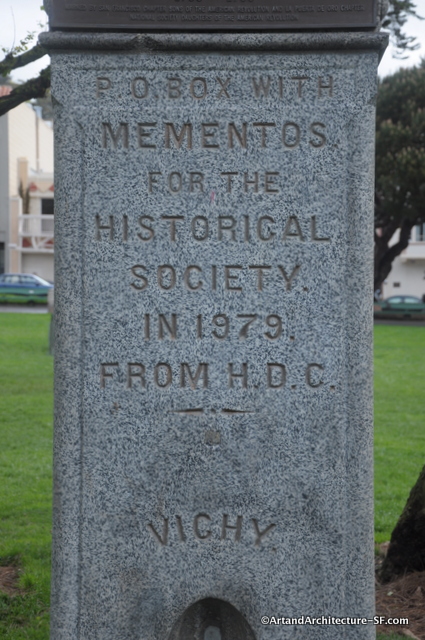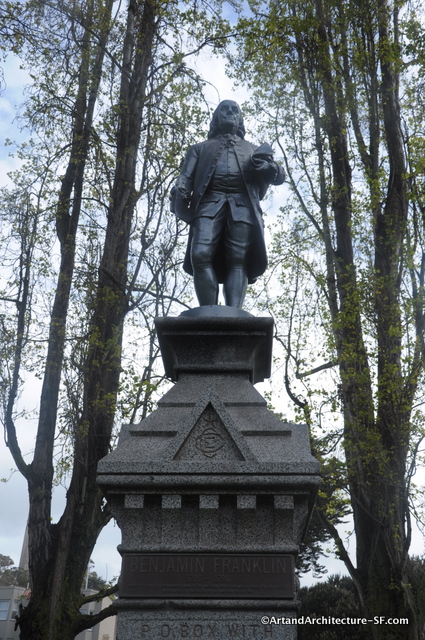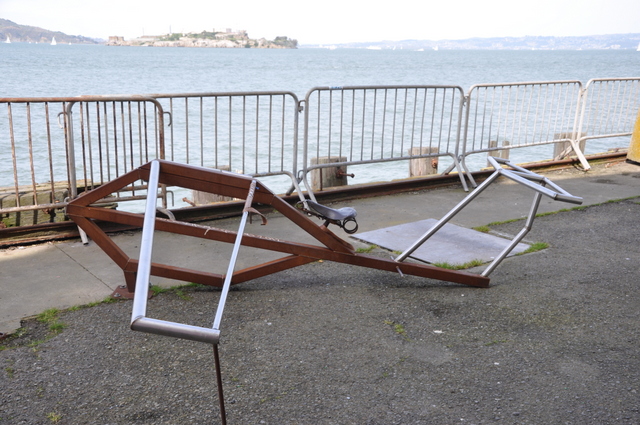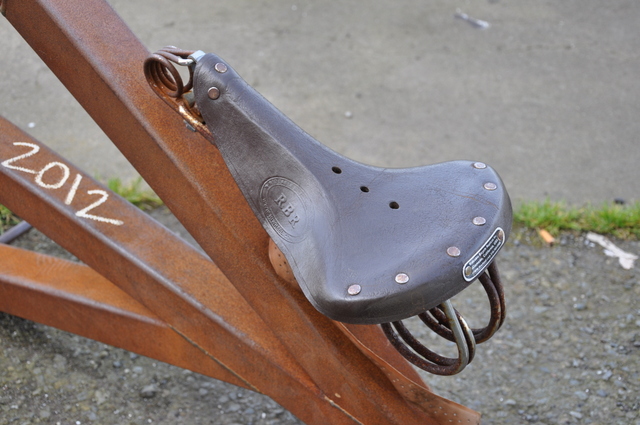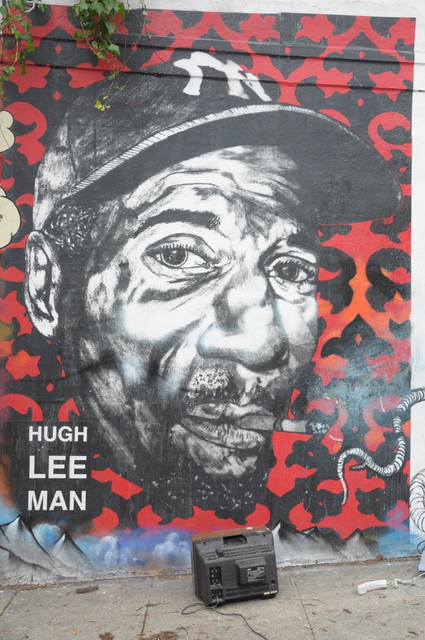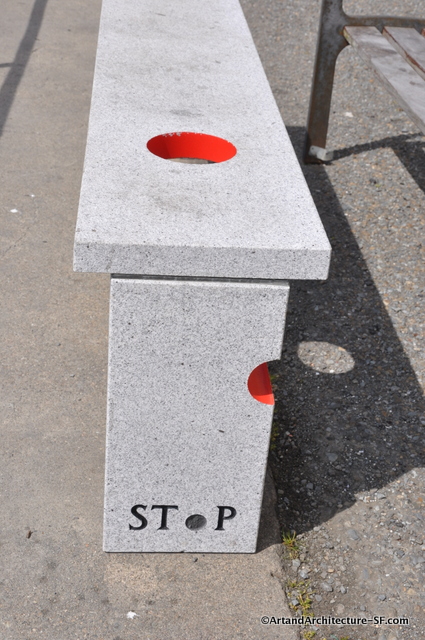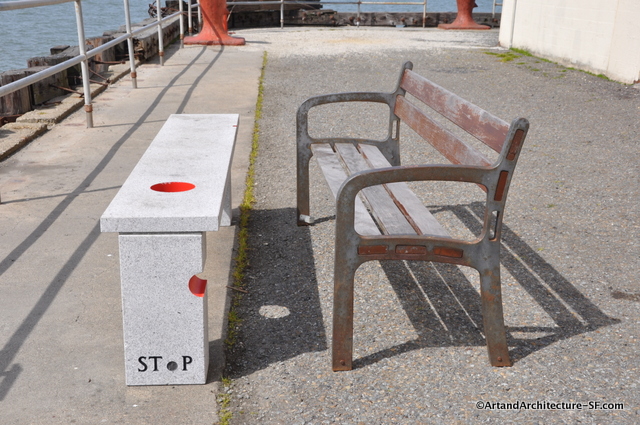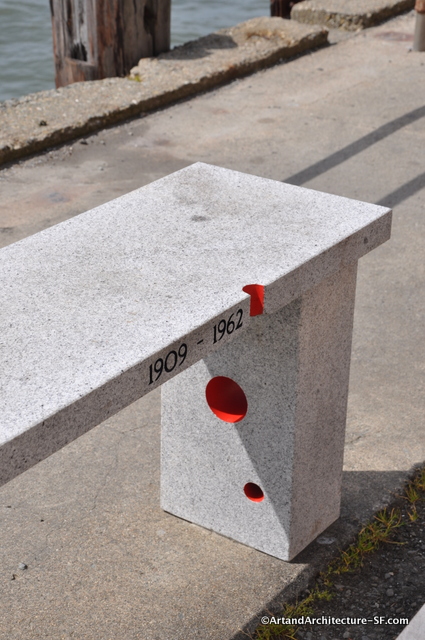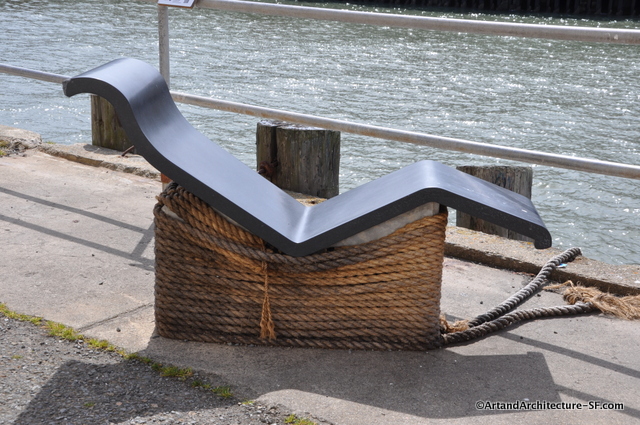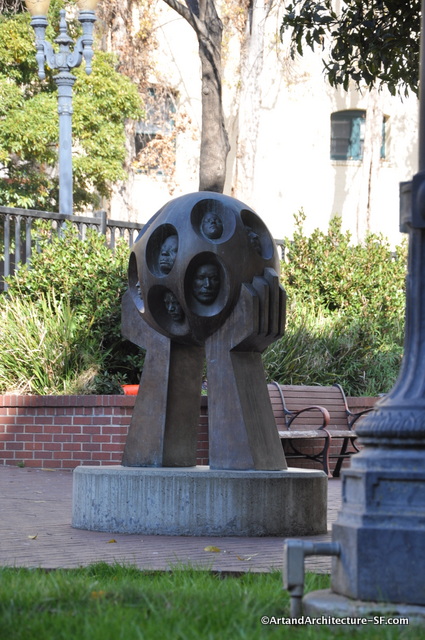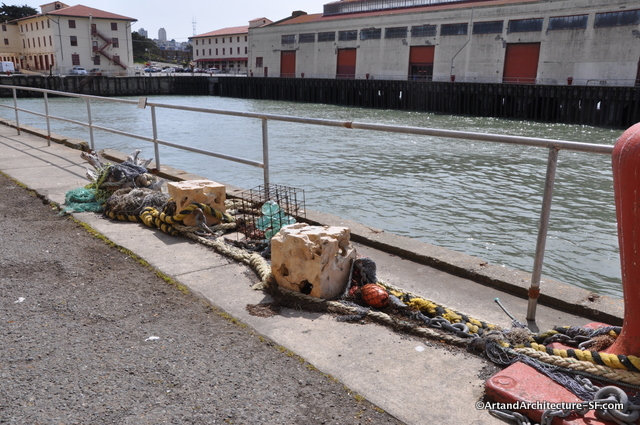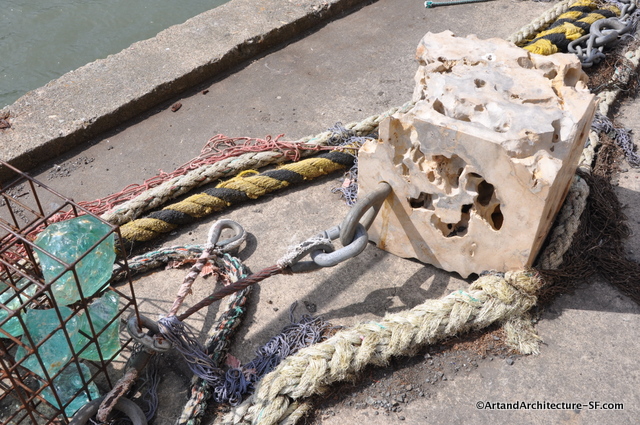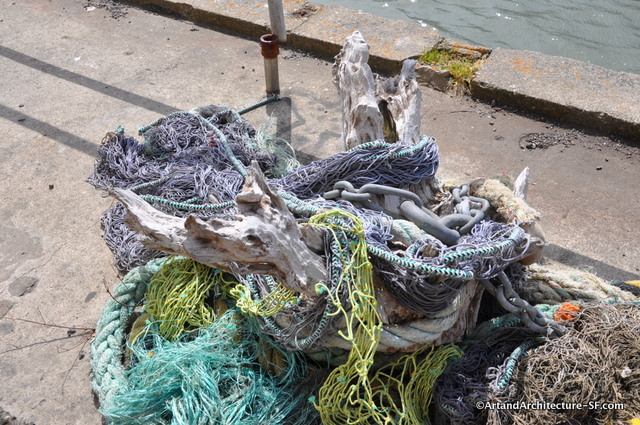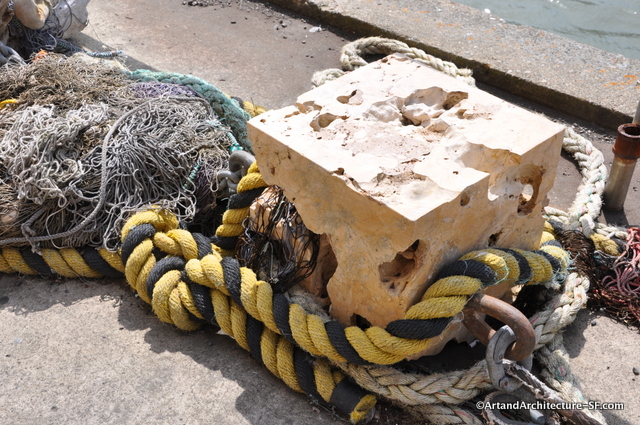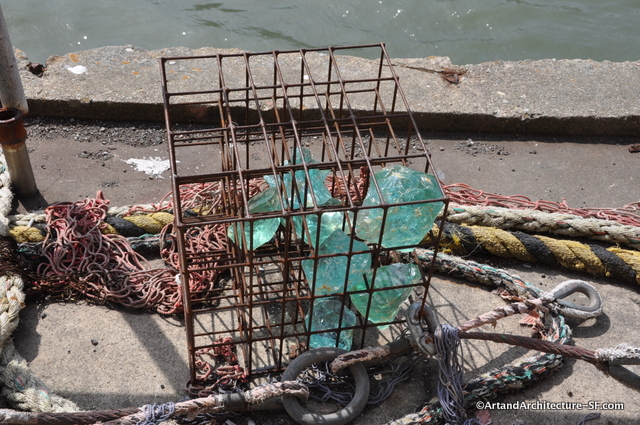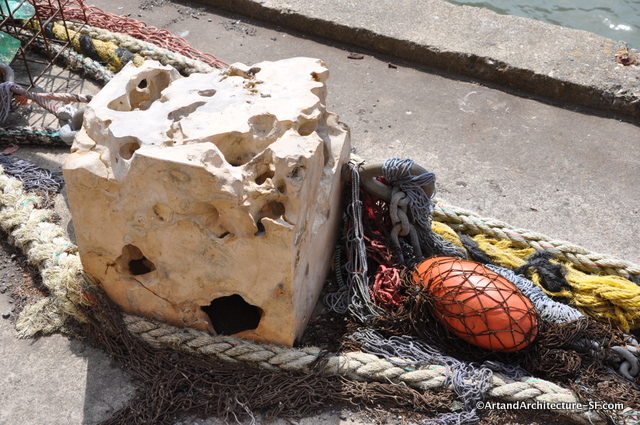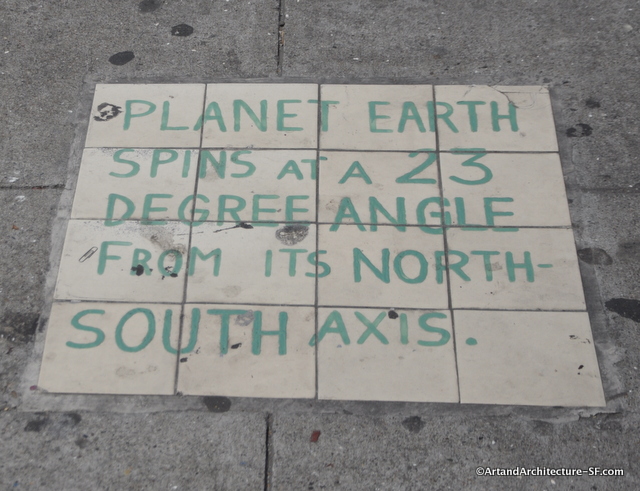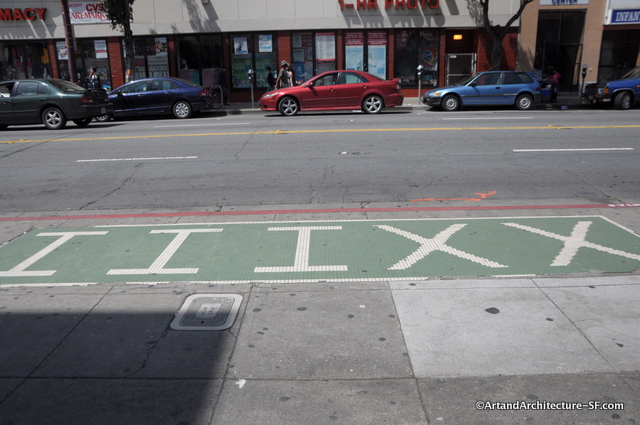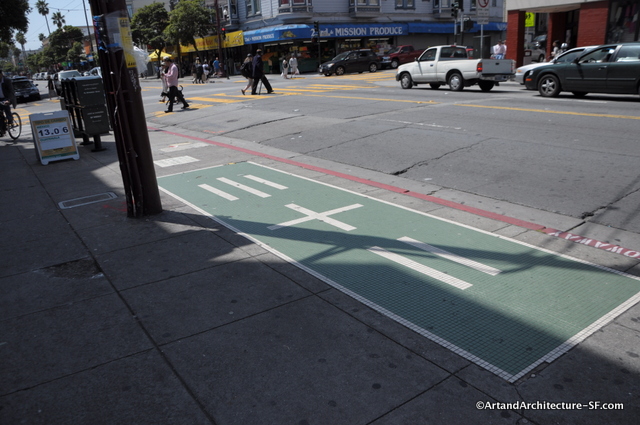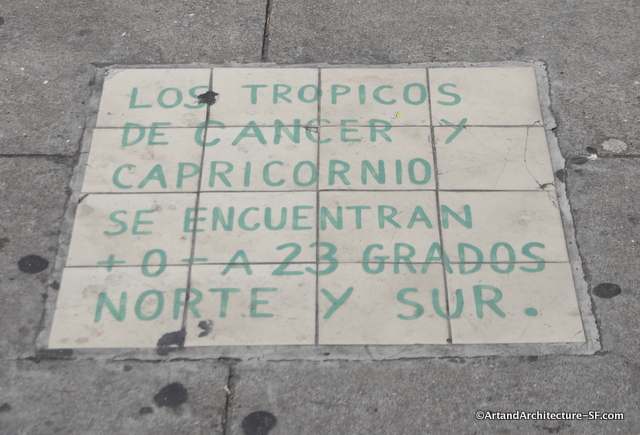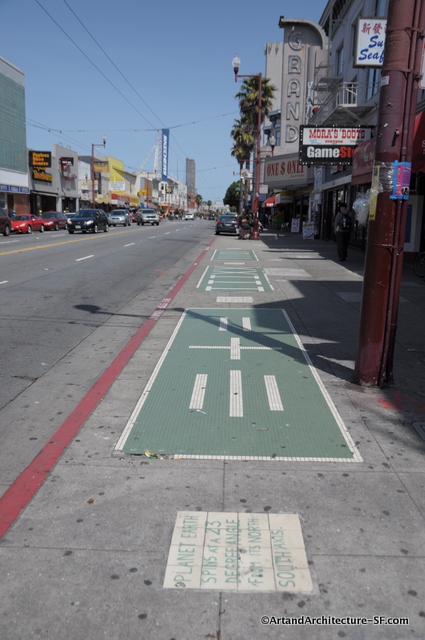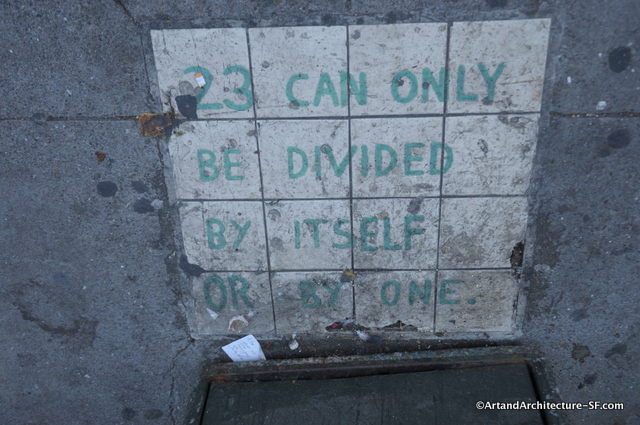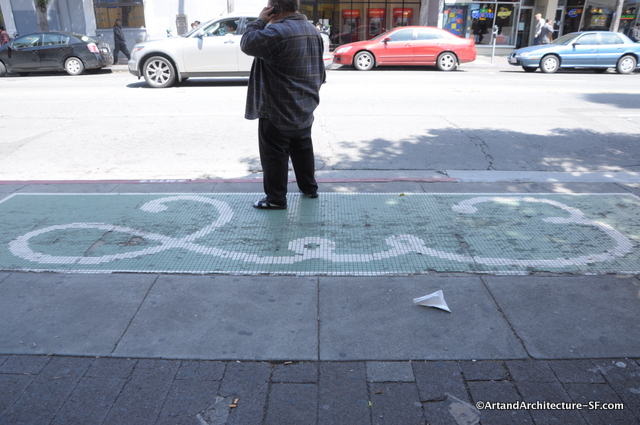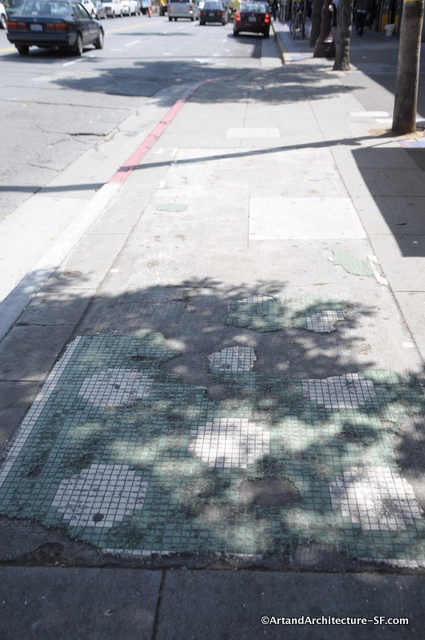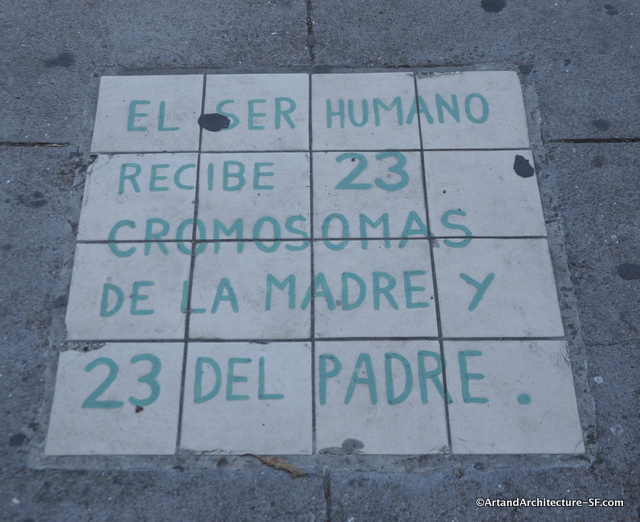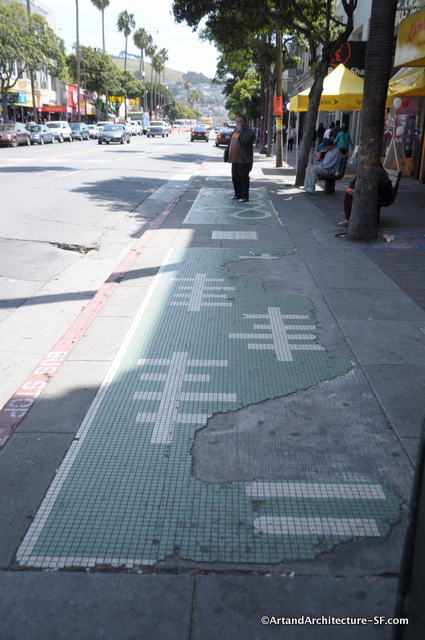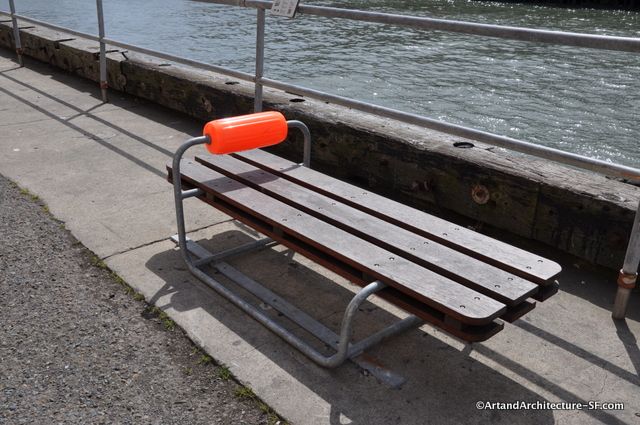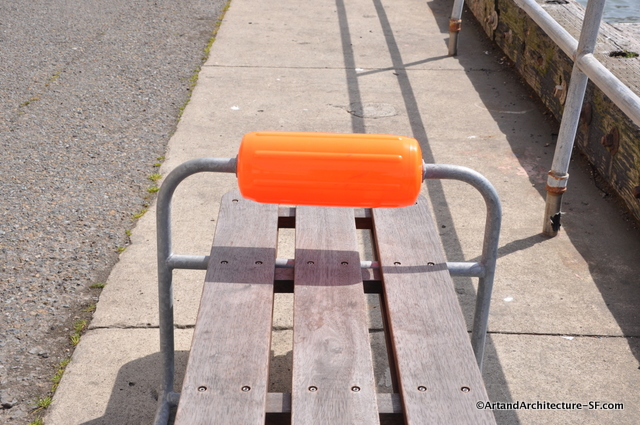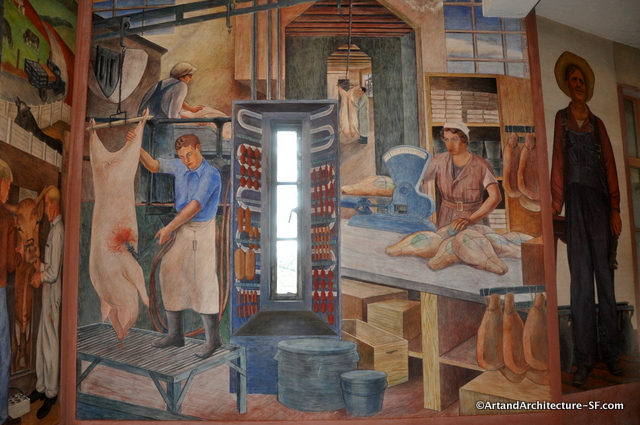 This is the beginning of a series on the WPA murals of Coit Tower. When the Great Depression hit, like everyone, artists were not finding work. George Biddle, a prominent lawyer turned successful artist, a member of a socially prominent family from Philadelphia, and most importantly, a Groton and Harvard classmate of Franklin Roosevelt, went to the President with an idea.
This is the beginning of a series on the WPA murals of Coit Tower. When the Great Depression hit, like everyone, artists were not finding work. George Biddle, a prominent lawyer turned successful artist, a member of a socially prominent family from Philadelphia, and most importantly, a Groton and Harvard classmate of Franklin Roosevelt, went to the President with an idea.
He suggested that America hire American artists to paint murals depicting the social ideals of the new administration as well as the American way of life, on the walls of public buildings.
The WPA, created by an order from the President, was funded by Congress with passage of the Emergency Relief Appropriation Act of 1935 on April 8, 1935.
San Francisco became District 15 of the National Plan. Coit Tower was one of three large WPA mural projects in San Francisco the others are at Rincon Annex Post Office and The Beach Chalet.
Dr. William Heil, a new immigrant from Germany and the director of the de Young Museum in Golden Gate Park was chosen to select and supervise “worthy artists”. It was also Dr. Heil who suggested the medium of frescoes for the project.
According to Masha Zakheims book Coit Tower. there were few interpersonal problems; the “purists” created their preliminary sketches and layouts in their own studio. The artists put in their thirty hours a week as they chose, often working into the small hours to meet the demands of the rapidly drying plaster. Surprised at their diligence it was reported to Washington D.C. that the artists at Coit Tower were very moral and conscientious, not drunken, promiscuous, and orgiastic as some had predicted a group of Bohemians would be.
Fresco (plural either frescos or frescoes) is any of several related mural painting types, executed on plaster on walls, ceilings or any other type of flat surface. The word fresco comes from the Italian word affresco which derives from the Latin word for “fresh”.
